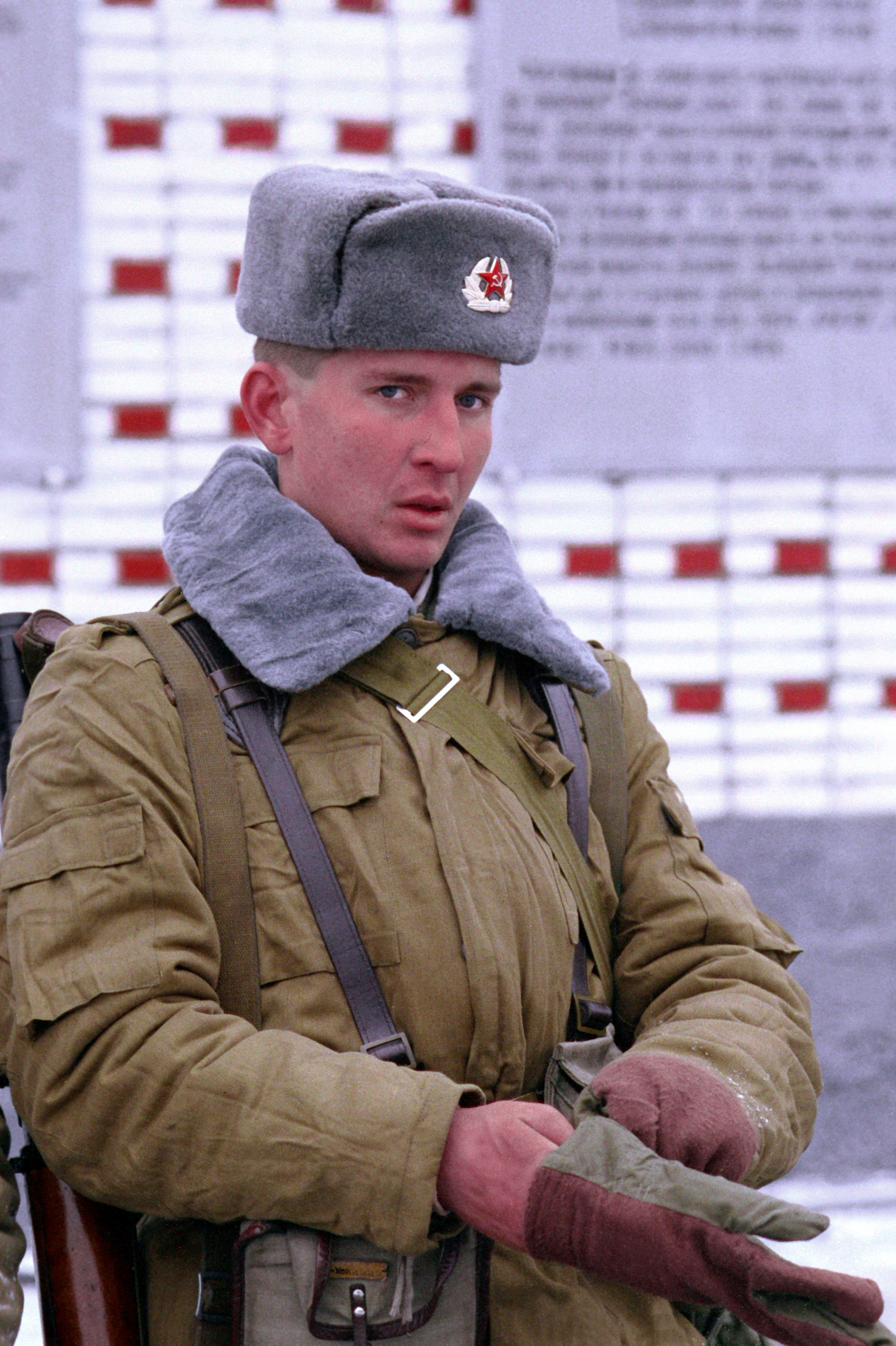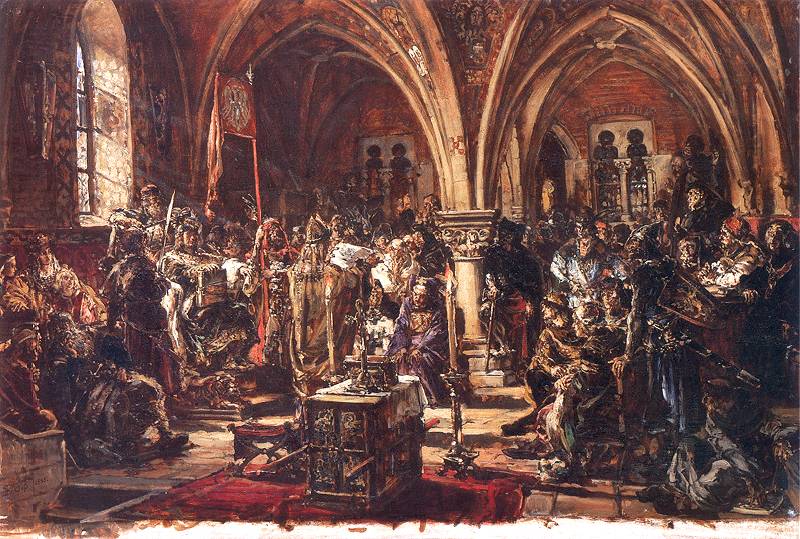|
Jerzy Bordziłowski
Jerzy Bordziłowski (; 16 November 1900 – 5 April 1983) was a Polish and Soviet Union, Soviet military officer and communist politician. Biography Born in Ostrów Mazowiecka to a Polish doctor serving in the Russian Imperial Army, he spent his childhood in Kherson. In 1919 he joined the Red Army and fought against Poland during the Polish-Bolshevist War and in the Russian Civil War. After the outbreak of Operation Barbarossa, Nazi-Soviet War he was promoted to the rank of Colonel and became the chief inspector of engineers and sappers of the 21st Army (Soviet Union), 21st Army. He took part in the Battle of Stalingrad and in September 1942 was promoted to the rank of General and became the deputy commanding officer of the Voronezh Front. On 24 September 1944 he was dispatched by his Soviet superiors to join the Polish Army along with a number of high-ranking Soviet officers of Polish extraction. He commanded all engineering troops of the First Polish Army (1944–45), First P ... [...More Info...] [...Related Items...] OR: [Wikipedia] [Google] [Baidu] |
Ostrów Mazowiecka
Ostrów Mazowiecka (; ) is a town in eastern Poland with 23,486 inhabitants (2004). It is the capital of Ostrów Mazowiecka County in Masovian Voivodeship. History Ostrów was granted town rights in 1434 by Duke Bolesław IV of Warsaw. Its name comes from the Old Polish word ''ostrowa''. In 1461 a parish school was founded in the town. In 1514, Duchess Anna Radziwiłł (nobility), Anna Radziwiłł, who is commemorated in the town with a monument, established four annual fairs and a weekly market, boosting the development of Ostrów. In the 16th century Polish King Sigismund II Augustus built a residence in Ostrów. Ostrów was a Royal city in Poland, Polish royal town, administratively located in the Masovian Voivodeship (1526–1795), Masovian Voivodeship in the Greater Poland Province, Crown of the Kingdom of Poland, Greater Poland Province of the Kingdom of Poland. The town's inhabitants took part in the Kościuszko Uprising of 1794; however, the following year it was annexed ... [...More Info...] [...Related Items...] OR: [Wikipedia] [Google] [Baidu] |
Kuntsevo Cemetery
The Kuntsevo Cemetery () is a cemetery servicing Kuntsevo, Moscow. It is located on the bank of the Setun River, to the south of the Mozhaisk Highway (the continuation of the Kutuzovsky Prospekt). The local five-domed church was commissioned in 1673 by Artamon Matveyev. The cemetery is administered as part of the Novodevichy Cemetery complex. Interred * Vsevolod Bobrov (1922–1979), * Andrei Chabanenko (1909–1986), Soviet naval officer * Lona Cohen (1913–1992), wife of Morris Cohen, spy * Morris Cohen (Soviet spy), Morris Cohen (1910–1995), spy * Leonid Gaidai (1923–1993), film director * Fedor Gusev (1905–1987) * Tankho Israelov (1917–1981), Ballet dancer, dancer, Choreography, choreographer, People's Artist of the USSR * Valeri Kharlamov (1948–1981) * Mamuka Kikaleishvili (1960–2000) * Leonid Lubennikov (1910–1988), First Secretary of the Communist Party of the Karelo-Finnish Soviet Socialist Republic * Trofim Lysenko (1898–1976) * Georgy Malenkov (1902� ... [...More Info...] [...Related Items...] OR: [Wikipedia] [Google] [Baidu] |
Soviet Army
The Soviet Ground Forces () was the land warfare service branch of the Soviet Armed Forces from 1946 to 1992. It was preceded by the Red Army. After the Soviet Union ceased to exist in December 1991, the Ground Forces remained under the command of the Commonwealth of Independent States until it was formally abolished on 14 February 1992. The Soviet Ground Forces were principally succeeded by the Russian Ground Forces in Russian territory. Outside of Russia, many units and formations were taken over by the post-Soviet states; some were withdrawn to Russia, and some dissolved amid conflict, notably in the Caucasus. While the Ground Forces are commonly referred to in English language sources as the Soviet Army, in Soviet military parlance the term '' armiya'' (army) referred to the combined land and air components of the Soviet Armed Forces, encompassing the Ground Forces as well as the Strategic Rocket Forces, the Air Defence Forces, and the Air Forces. After World W ... [...More Info...] [...Related Items...] OR: [Wikipedia] [Google] [Baidu] |
Sejm
The Sejm (), officially known as the Sejm of the Republic of Poland (), is the lower house of the bicameralism, bicameral parliament of Poland. The Sejm has been the highest governing body of the Third Polish Republic since the Polish People's Republic, transition of government in 1989. Along with the upper house of parliament, the Senate of Poland, Senate, it forms the national legislature in Poland known as Parliament of Poland#National Assembly, National Assembly (). The Sejm comprises 460 Member of parliament, deputies (singular or ) elected every four years by Universal suffrage, universal ballot. The Sejm is presided over by a Speaker of parliament, speaker, the "Marshal of the Sejm" (). In the Kingdom of Poland (1385–1569), Kingdom of Poland, the term ''Sejm'' referred to an entire two-Chambers of parliament, chamber parliament, comprising the Chamber of Deputies (), the Senate and the King. It was thus a three-estate parliament. The 1573 Henrician Articles strengthe ... [...More Info...] [...Related Items...] OR: [Wikipedia] [Google] [Baidu] |
Poznań 1956 Protests
Poznań ( ) is a city on the River Warta in west Poland, within the Greater Poland region. The city is an important cultural and business center and one of Poland's most populous regions with many regional customs such as Saint John's Fair (''Jarmark Świętojański''), traditional Saint Martin's croissants and a local dialect. Among its most important heritage sites are the Renaissance Old Town, Town Hall and Poznań Cathedral. Poznań is the fifth-largest city in Poland. As of 2023, the city's population is 540,146, while the Poznań metropolitan area (''Metropolia Poznań'') comprising Poznań County and several other communities is inhabited by over 1.029 million people. It is one of four historical capitals of medieval Poland and the ancient capital of the Greater Poland region, currently the administrative capital of the province called Greater Poland Voivodeship. Poznań is a center of trade, sports, education, technology and tourism. It is an important aca ... [...More Info...] [...Related Items...] OR: [Wikipedia] [Google] [Baidu] |
Ministry Of National Defence (Poland)
The Ministry of National Defence ( Polish: ''Ministerstwo Obrony Narodowej'' '', MON'' ) is a office of government in Poland headed by the Minister of National Defence. It is responsible for the organisation and management of the Polish Armed Forces. During the Second Polish Republic and World War II it was called the Ministry of Military Affairs (''Ministerstwo Spraw Wojskowych''). Ministry budget for 2022 was 140 billion PLN. History The beginning of the Ministry of Defence's operations is connected with the 1775 establishment of the Military Department within the Permanent Council. In 1789, the Military Commission of the Polish–Lithuanian Commonwealth was established, and from the Constitution of 3 May 1791 was under the Guardians of the Laws. Between 1793-94, the department was restored in the Supreme National Council. When Warsaw became part of the Kingdom of Prussia after the Third Partition of Poland in 1795), the Prussian Ministry of War headquarters was moved in ... [...More Info...] [...Related Items...] OR: [Wikipedia] [Google] [Baidu] |
Legia Warsaw (football)
Legia Warszawa (), commonly referred to as Legia Warsaw or simply Legia, is a professional football club (association football), football club based in Warsaw, Poland. Legia is the most successful Polish football club in history, winning a record 15 champions titles, a record 21 Polish Cup and 5 Polish Super Cup trophies. The club's home venue is the Polish Army Stadium (''Stadion Wojska Polskiego''). Legia is the only Polish club never to have been relegated from the top flight of Polish football since World War II (see: 1936 Legia Warsaw season). Legia was formed between 5 and 15 March 1916 during military operations in World War I, as the main football club of the Polish Legions in World War I, Polish Legions. After the war, the club was reactivated on 14 March 1920 in an officer casino in Warsaw as Wojskowy Klub Sportowy Warszawa, renamed Legia in 1923 after merger with another local club, Korona. It became the main official football club of the Polish Army – ''Wo ... [...More Info...] [...Related Items...] OR: [Wikipedia] [Google] [Baidu] |




